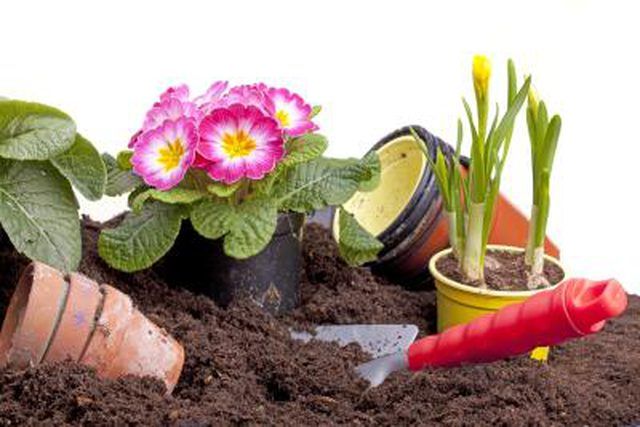Bulbs
Flower Basics
Flower Beds & Specialty Gardens
Flower Garden
Garden Furniture
Garden Gnomes
Garden Seeds
Garden Sheds
Garden Statues
Garden Tools & Supplies
Gardening Basics
Green & Organic
Groundcovers & Vines
Growing Annuals
Growing Basil
Growing Beans
Growing Berries
Growing Blueberries
Growing Cactus
Growing Corn
Growing Cotton
Growing Edibles
Growing Flowers
Growing Garlic
Growing Grapes
Growing Grass
Growing Herbs
Growing Jasmine
Growing Mint
Growing Mushrooms
Orchids
Growing Peanuts
Growing Perennials
Growing Plants
Growing Rosemary
Growing Roses
Growing Strawberries
Growing Sunflowers
Growing Thyme
Growing Tomatoes
Growing Tulips
Growing Vegetables
Herb Basics
Herb Garden
Indoor Growing
Landscaping Basics
Landscaping Patios
Landscaping Plants
Landscaping Shrubs
Landscaping Trees
Landscaping Walks & Pathways
Lawn Basics
Lawn Maintenance
Lawn Mowers
Lawn Ornaments
Lawn Planting
Lawn Tools
Outdoor Growing
Overall Landscape Planning
Pests, Weeds & Problems
Plant Basics
Rock Garden
Rose Garden
Shrubs
Soil
Specialty Gardens
Trees
Vegetable Garden
Yard Maintenance
How to Calculate a Yard of Loam
How to Calculate a Yard of Loam. Loam soil drains well enough to allow air to get to a plant’s roots while still holding plenty of moisture for plant health. Those properties make loam -- which consists of roughly equal amounts of sand, silt and clay -- optimal for a wide variety of garden plants. While you can purchase bags of loam, garden...

Loam soil drains well enough to allow air to get to a plantís roots while still holding plenty of moisture for plant health. Those properties make loam -- which consists of roughly equal amounts of sand, silt and clay -- optimal for a wide variety of garden plants. While you can purchase bags of loam, garden centers sell large quantities by the yard, which refers to a cubic yard. One cubic yard measures 3 feet long by 3 feet wide by 3 feet deep, or 27 cubic feet. You can see how far a yard of loam will stretch in your garden or determine how many yards of loam you need to cover a specific area.
Things You'll Need
Calculator
Tape measure
How Far a Yard of Loam Goes
Decide how deep you wish to cover an area with loam. Assume you want 4 inches of loam. Divide 4 inches by 12 inches inches in 1 foot, which is 0.333. So a 4-inch depth of loam is the same as 0.333 feet of loam.
Determine how many square feet a cubic yard of loam covers if it is applied 4 inches deep. Divide 27 cubic feet (the number of cubic feet in a cubic yard) by the 0.333 foot depth of loam you plan to use. The result is 81.08 square feet, or approximately 81 square feet.
Decide whether a yard of loam covers the space you have available. For example, a yard of loam spread 4 inches thick covers 81 square feet. If your garden space is 9 feet wide, it can be 9 feet long as well. (Nine feet by 9 feet equals 81 square feet.)
The Amount of Loam Needed
Determine the amount of loam you need to cover the garden area you have available. Measure the garden space with a tape measure. For example, assume that space is 8 feet wide and 15 feet long. Multiply 8 feet by 15 feet to get 120 square feet of available garden space thatís ready for some loam.
Divide the depth of loam you want in inches by 12 inches per foot. For this example, assume the same 4-inch depth from the previous section. Divide 4 inches by 12 inches for 0.333 feet of loam depth.
Multiply the depth in feet by the square footage available. In this example, 0.333 feet by 120 square feet results in 40 cubic feet of loam necessary to cover the available space 4 inches deep.
Determine the number of yards (or cubic yards) of loam necessary to cover the space. Divide the exampleís 40 cubic feet of loam you need by 27 cubic feet per cubic yard. Youíll need to order 1.48, or about 1 1/2 yards of loam to cover the space at the 4-inch depth you plan.